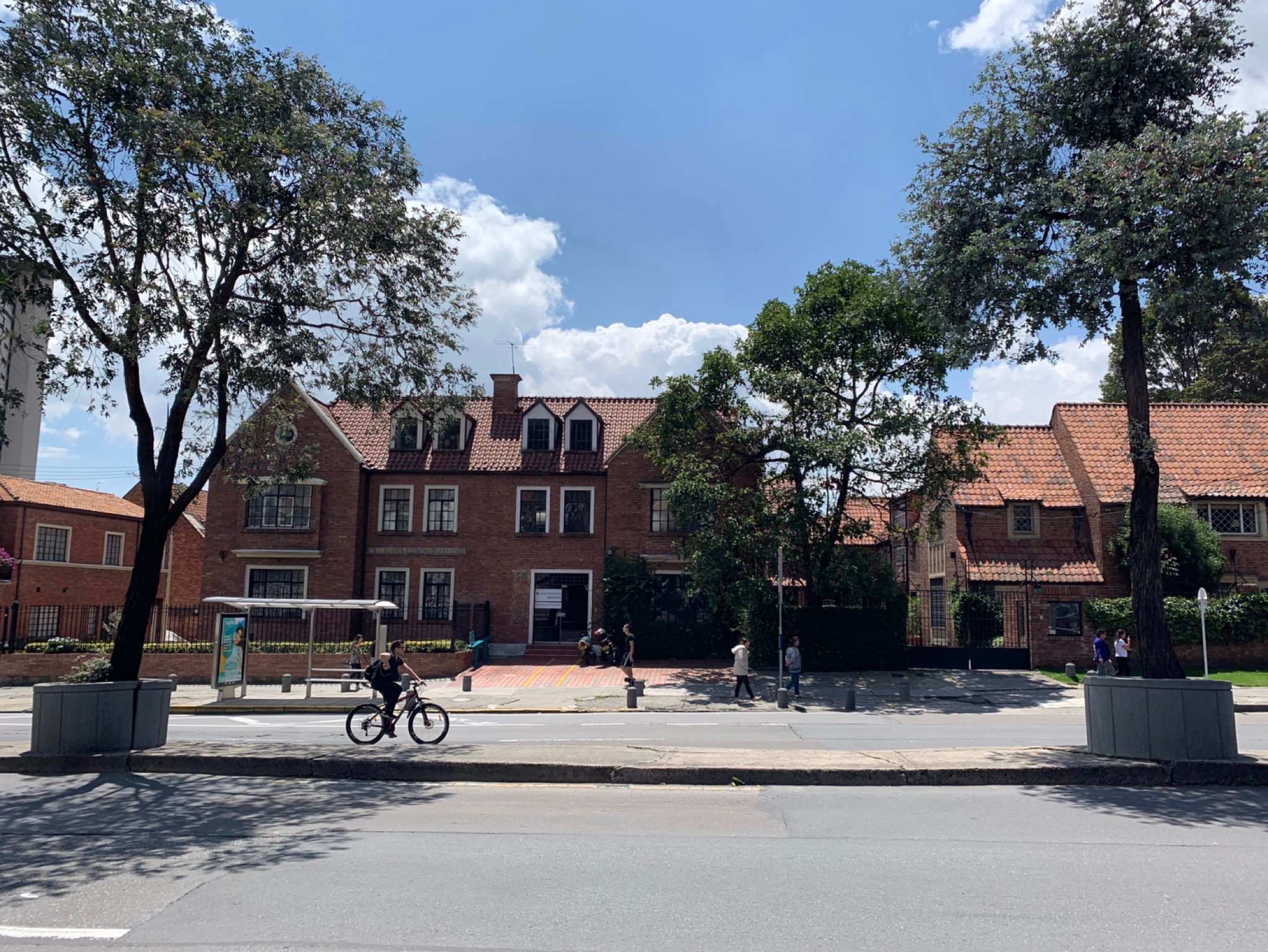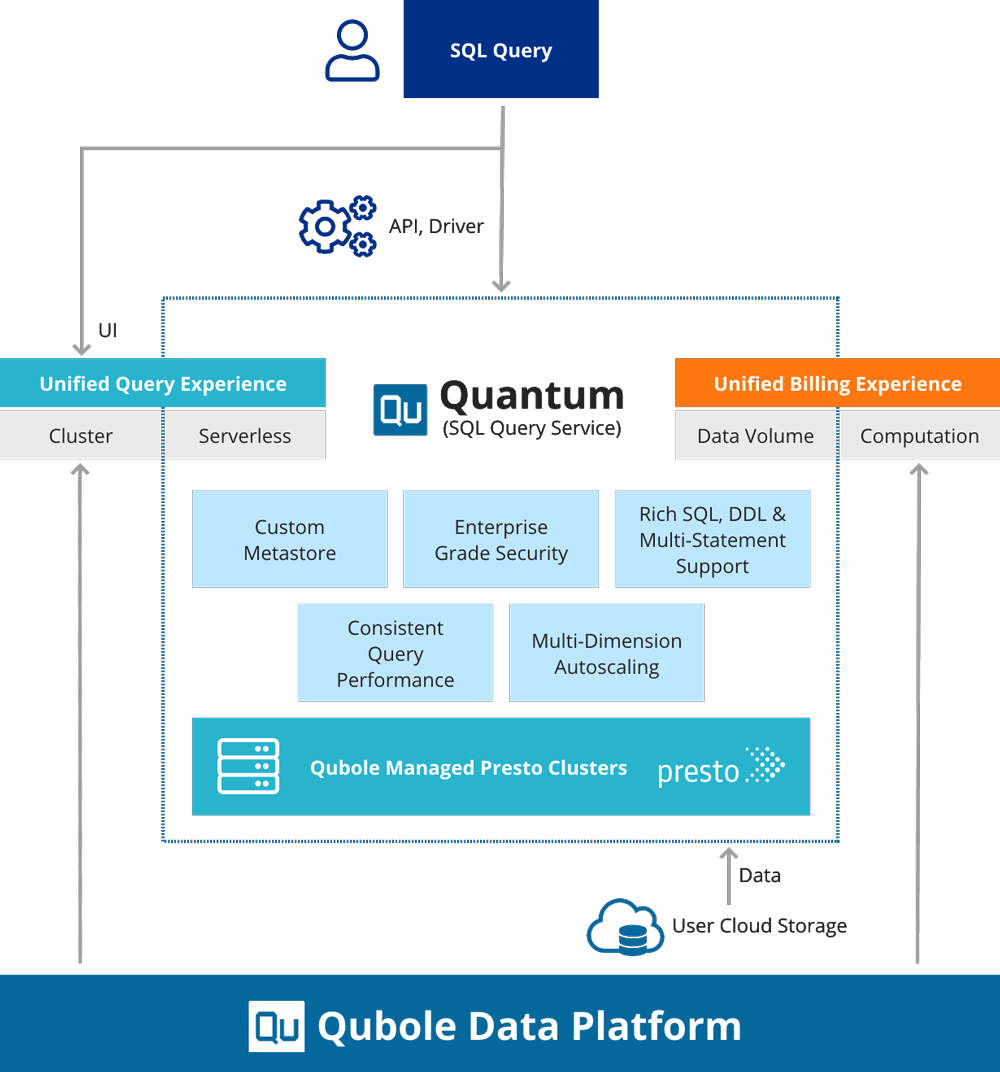Just a few months ago, Innoviz became one of the better capitalized lidar startups when it announced it had raised $132 million in a Series C funding round. But that wouldn’t be the end of it.
The company kept the funding doors propped open and ultimately captured another $38 million from investors. The round has closed at $170 million, Innoviz said Monday.
Initial investors in the Series C round included China Merchants Capital, Shenzhen Capital Group, New Alliance Capital, Israeli institutional investors Harel Insurance Investments and Financial Services and Phoenix Insurance Company. The newest investors, and those responsible for the fresh injection of $38 million, were not named.
The close of the Series C round brings Innoviz’s total funding to $252 million.
The lidar industry is brimming with startups — about 70 according to industry experts — that see an opportunity to sell their tech to companies developing autonomous vehicles. Lidar measures distance using laser light to generate highly accurate 3D maps of the world around the car. It’s considered by most in the self-driving car industry a key piece of technology required to safely deploy robotaxis and other autonomous vehicles.
Innoviz is aiming for this very space with its solid-state lidar sensors and perception software for autonomous vehicles. The company contends that solid-state lidar technology is more reliable over time because of the lack of moving parts.
Innoviz says that its perception software is what helps it stand out in a sea of lidar startups. The perception software identifies, classifies, segments and tracks objects to give autonomous vehicles a better understanding of the 3D driving scene.
The company plans to use the funding, in part, to further develop the perception software piece. That includes bringing on two computer vision experts Dr. Raja Giryes and Or Shimshi as “strategic collaborators.”
The funding will also be used to help Innoviz scale up and eventually mass produce its products. Its automotive-grade lidar product called InnovizOne is entering series production in 2021 for global automakers. The company has an existing solid-state lidar (InnovizPro) that is available now.
Innoviz’s strategy has been to partner with a number of OEMs and Tier 1 suppliers such as Magna, HARMAN, HiRain Technologies and Aptiv and to package perception software with its lidar sensors and offer it as a complete unit for companies developing autonomous vehicle technology.
Innoviz has locked in several key customers, notably BMW. The automaker picked Innoviz’s tech for series production of autonomous vehicles starting in 2021.






